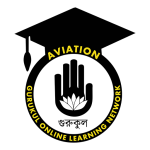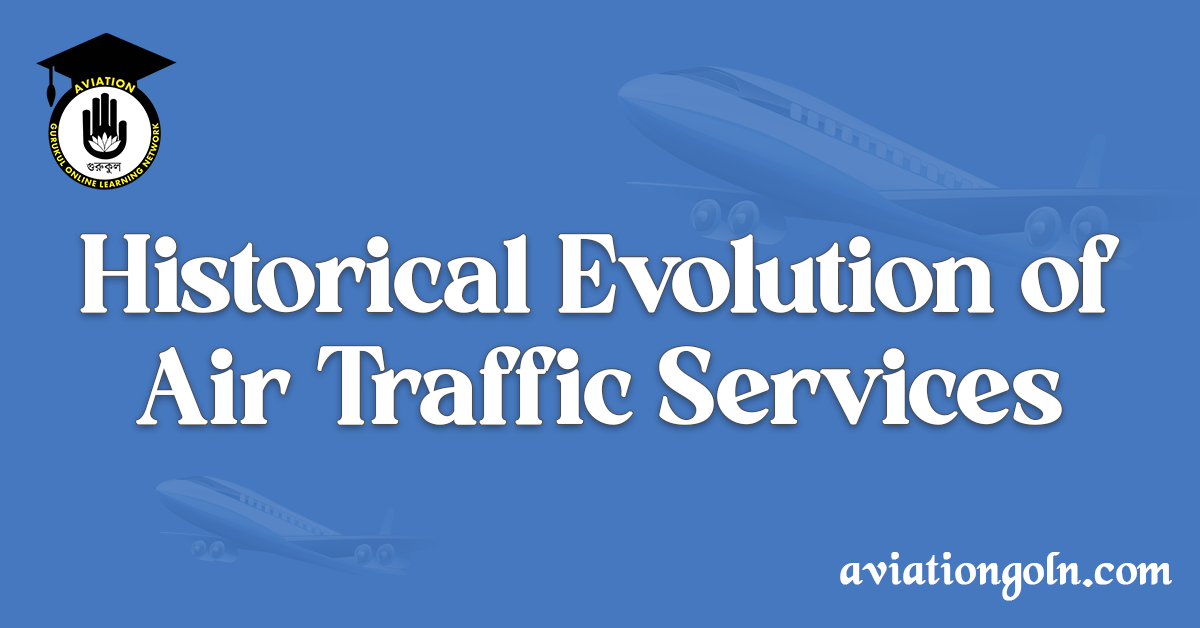Air Traffic Services (ATS) has become an integral part of the aviation industry. These services, which ensure the safe and efficient movement of aircraft in the sky and on the ground, have a rich history that traces back to the earliest days of aviation. Understanding this historical evolution offers insights into how aviation has advanced over the years, becoming safer and more organized even as the skies become busier.
Historical Evolution of Air Traffic Services

The Early Days of Flight
The beginning of air traffic services can be traced back to the early 20th century, around the time the Wright Brothers achieved their first powered flight in 1903. During these formative years, aviation was more of a spectacle than a practical mode of transportation. As such, there were no formal rules or regulations governing air traffic, and no organized system for controlling aircraft movements.
The first semblance of air traffic services was in the form of “aerial lighthouses”, established in the late 1910s and early 1920s, which were lights that guided aircraft along specific routes. This was followed by the use of radio navigation aids in the 1920s and 1930s, which made flying safer and more reliable, especially at night and in poor weather conditions.

World War II and Its Aftermath
The significant growth in aviation during World War II had a profound effect on the development of air traffic services. The need for enhanced coordination and control of vast fleets of military aircraft led to the creation of new techniques and technologies, many of which were later adapted for civilian use.
Radar, for instance, was developed during the war and became a crucial tool for tracking aircraft. After the war, radar systems were introduced to civilian airports, providing air traffic controllers with a much more accurate picture of the airspace they were managing. This enabled them to guide aircraft more effectively, particularly in poor visibility conditions.
The post-war years also saw the introduction of flight data processing systems, which automated many routine air traffic control tasks and allowed for more efficient handling of growing traffic volumes.

The Jet Age
The advent of the jet age in the 1950s, with the introduction of aircraft like the Boeing 707 and the Douglas DC-8, brought a significant increase in air traffic. This necessitated further developments in air traffic services to cope with the faster aircraft and higher traffic volumes.
In response to this challenge, the first air traffic control centers were established. These centers, equipped with radar and data processing systems, allowed for the management of larger airspace areas and the coordination of flights along complex airways.
The jet age also saw the development of the concept of “controlled airspace”, where aircraft had to follow specific routes and altitudes under the control of air traffic services. This marked a significant shift from the previous “see and be seen” principle of flight, which relied on pilots’ visual observations.

The Age of Satellites
The latter part of the 20th century was characterized by the increased use of satellite technology in air traffic services. This began in the 1970s with the establishment of the Aircraft Satellite Reporting System (ASRS), which allowed aircraft to report their positions via satellite.
In the 1990s, the Global Positioning System (GPS) became operational and revolutionized air traffic services. GPS enabled more precise aircraft tracking and more efficient use of airspace, allowing for the implementation of reduced vertical separation minima (RVSM) in the 2000s, which led to increased capacity in busy airways.

The Digital Age
The turn of the 21st century has seen air traffic services entering the digital age. The implementation of systems like Automatic Dependent Surveillance-Broadcast (ADS-B), which allows aircraft to automatically send their position and other data to air traffic control and other aircraft, has further enhanced the efficiency and safety of air traffic services.
In addition, the development and adoption of Next Generation Air Transportation System (NextGen) in the United States and the Single European Sky ATM Research (SESAR) in Europe are propelling air traffic services into the future. These initiatives aim to modernize and harmonize air traffic services through the use of new technologies, such as data link communication, advanced navigation systems, and integrated information management systems.

Looking Ahead
The evolution of air traffic services continues to this day, with developments in artificial intelligence, drone technology, and space travel promising to shape the future of the industry. As we look ahead, the challenge will be to integrate these new technologies into the existing air traffic services infrastructure, ensuring the continued safety and efficiency of air travel.
In conclusion, the historical evolution of air traffic services has been marked by constant innovation and adaptation to the changing needs of the aviation industry. From the simple aerial lighthouses of the early days to the complex digital systems of today, air traffic services have played a crucial role in making air travel the safe and reliable mode of transportation that we know today. As we look to the future, it’s clear that air traffic services will continue to evolve and adapt, meeting the challenges and opportunities that lie ahead in the world of aviation.
